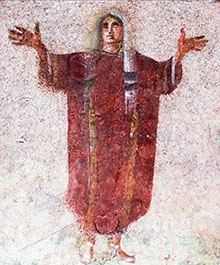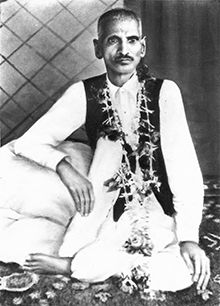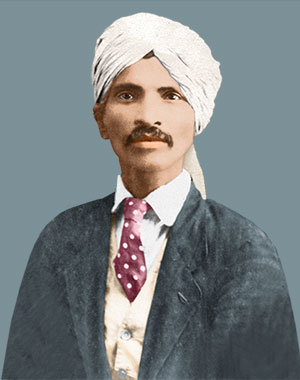Today we are introducing a new commentary on some of the earliest Christian writings, the mystical Odes of Solomon, written in Apostolic times. We plan on publishing the commentary later this year.
Notes on the Odes
by Hierodeacon Simeon Goldstein, the
Translator of the Odes
 Discovery of the Odes
Discovery of the Odes
This great work of mystical depth, divine insight, and spiritual illumination is, like the Dead Sea Scrolls, one of the truly great spiritual and literary discoveries of the Twentieth Century. But unlike the Dead Sea Scrolls which were dramatically discovered by shepherds in a desert cave, the Odes were prosaically found in neglected manuscripts gathering dust on the shelves of London libraries. Before 1785 the Odes were only known by references in lists of apocryphal books, and from a Latin quotation by Lactantius. Then in 1785 a manuscript containing selections from five of the Odes was bought by the British Museum from the heirs of a London physician, Dr. Anthony Askew. This was the Codex Askewianus which contains the only known version of the Pistis Sophia, itself a great work of spiritual wisdom. The Pistis Sophia contains selections from five of the Odes of Solomon: Ode 1 (in chapter 59), Ode 5: 1-11 (in chapter 58), Ode 6: 8-18 (in chapter 65), Ode 25 (complete, in chapter 69), and 22 (complete, in chapter 71). The Pistis Sophia designates these specifically as “Odes of Solomon.”
Then, on January 4, 1909, J. Rendel Harris was sorting through some Syriac leaves which had been lying for nearly two years on some bookshelves in his office. Soon his attention was riveted by Syriac passages which were identical with those quoted in the Pistis Sophia and the passage quoted by Lactantius. This was indeed the lost book of the Odes of Solomon. It was published that same year as The Odes and Psalms of Solomon: Now First Published from the Syriac Version (Cambridge: University Press, 1909).
Nothing at all was known of the previous history of the manuscript, except that it had been on Harris’ shelves for as long as two years, and had come from “the neighborhood of the Tigris.” Unfortunately, the opening leaves which contained all of the first and second Odes and the beginning of the third, are missing. As already mentioned, the first Ode is found in the Coptic of the Pistis Sophia, but the second and beginning of the third are regrettably still lost to us.









 Importance of spiritual visions and experiences
Importance of spiritual visions and experiences